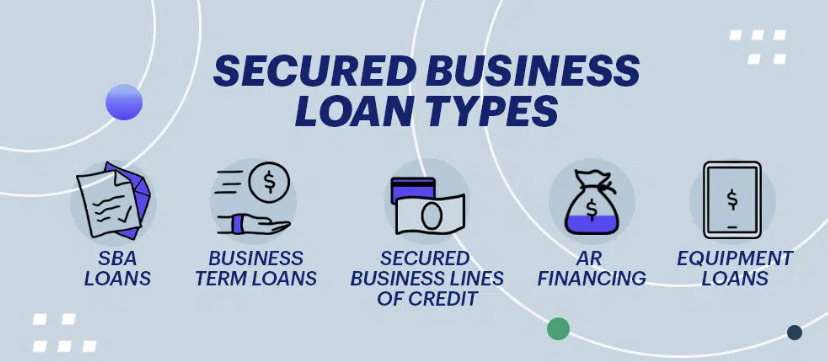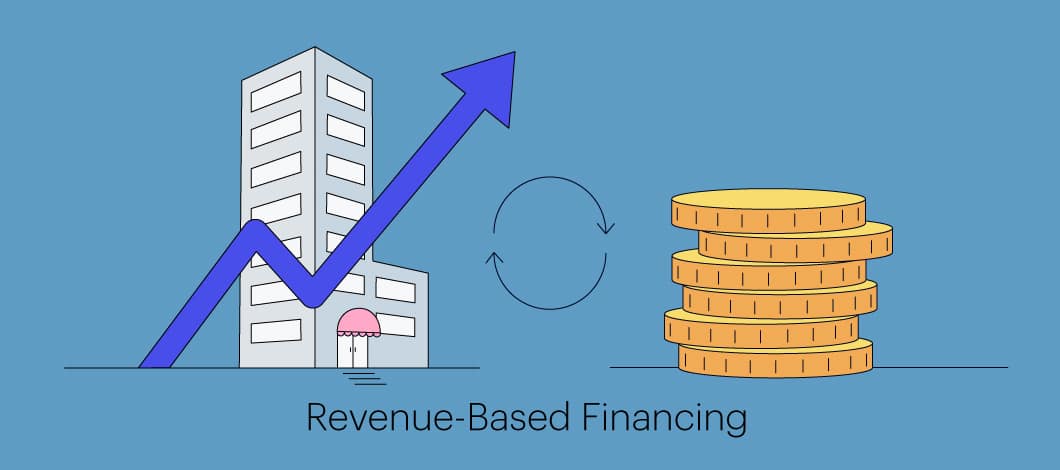Introduction to Bank Lending and Equipment Loans
Bank lending, a cornerstone of the global financial system, plays a crucial role in spurring economic growth. By providing businesses with the capital they need, banks fuel innovation, expansion, and job creation. Among the various types of loans offered, equipment loans stand out. They enable businesses to purchase the machinery and tools essential for their operation. But what happens when the tides turn and the rates tighten?
Why Banks Are Tightening Equipment Loan Rates
Over the past few years, there’s been a noticeable shift in the financial industry. Equipment loan rates, once considered stable, are now on the move. Let’s unravel why.
- Economic Factors Driving the Change: The ebb and flow of the economy play a vital role in dictating loan rates. With global economic uncertainties on the horizon, banks are adopting a more cautious stance. The fear of defaults, especially from businesses already reeling from economic shocks, is a primary driver.
- Regulatory and Policy Impacts: On the bureaucratic side of things, ever-changing policies and regulations can impact lending practices. Enhanced oversight, intended to ensure financial stability, might indirectly lead banks to tighten their lending belts.
- Banks’ Risk Appetite and Assessment: At its core, lending is a game of risks. Banks are becoming more risk-averse, and they’re recalibrating their assessment models. A higher perceived risk often translates to higher loan rates.
Comparing Past and Present Loan Rates
It’s always enlightening to take a trip down memory lane.
- Historical Overview of Equipment Loan Rates: A decade ago, the scenario was different. With a booming economy and ample liquidity, equipment loan rates were more attractive. Businesses could secure loans without feeling the pinch of high interest.
- Current Trends in the Loan Market: But fast forward to today, and the landscape has shifted. The ongoing trend suggests a gradual increase in rates, a reflection of the changing dynamics in the banking and financial sector.
Bank Lending Tightens on Equipment Loan Rates
This is more than just a trend. It’s a reality many businesses are grappling with.
- Implications for Small and Medium Enterprises: SMEs, often operating on thin margins, are the hardest hit. These tightened rates can cripple their expansion plans, making it tough to invest in new equipment.
- Larger Corporations’ Perspective: For the big players, the situation is slightly different. They have the muscle to negotiate, but even they aren’t immune to the overarching industry trend.

Global Perspective on Equipment Loan Tightening
The U.S. isn’t alone in this boat.
- How Different Regions are Reacting: From Europe to Asia, the sentiment is shared. Each region, however, has its nuances, driven by local economic conditions and regulations.
- Comparing U.S. Trends with International Markets: While the U.S. might be seeing a pronounced tightening, other regions have their tales to tell. It’s a global phenomenon but with local flavors.

Alternative Financing Options
It’s not all doom and gloom. There are alternatives.
- Considering Private Lenders: Stepping away from traditional banks, private lenders offer flexibility, albeit often at a higher cost.
- Crowdfunding and Online Lending Platforms: The digital age brings innovative solutions. Platforms like Kickstarter or online lending websites are becoming go-to places for businesses in need.
Tips for Businesses Seeking Equipment Loans
The game has changed, but it’s not over.
- Strengthening Your Credit Profile: A robust credit profile is your best bet. Ensure timely repayments and maintain a healthy debt-to-income ratio.
- Negotiating for Better Rates: It’s a two-way street. Approach negotiations with a clear understanding of your needs and the bank’s concerns.
- Importance of Reading and Understanding Loan Terms: The devil’s in the details. Always, always understand the fine print.
FAQs
1. Why are banks tightening equipment loan rates?
A combination of economic factors, increased risk aversion, and changing regulatory policies are driving this trend.
2. How can SMEs navigate this scenario?
By strengthening their credit profile, exploring alternative financing, and being proactive in negotiations.
3. Are other countries experiencing the same trend?
Yes, this is a global phenomenon, but the degree and specifics vary by region.
4. What are some alternative financing options?
Businesses can consider private lenders, crowdfunding platforms, or online lending websites.
5. Will this trend continue in the foreseeable future?
Given the current economic and regulatory climate, it’s likely, but exact predictions are challenging.
6. How can I ensure I get the best equipment loan rate?
A strong credit profile, understanding your requirements, and proactive negotiations can help secure a favorable rate.
Conclusion: The Future of Equipment Loan Rates
The financial landscape is ever-evolving, with equipment loan rates being a prime example. As banks recalibrate their strategies in response to various external and internal factors, businesses need to be agile. By understanding the changing dynamics, exploring alternatives, and being proactive, they can still navigate these choppy waters successfully.







